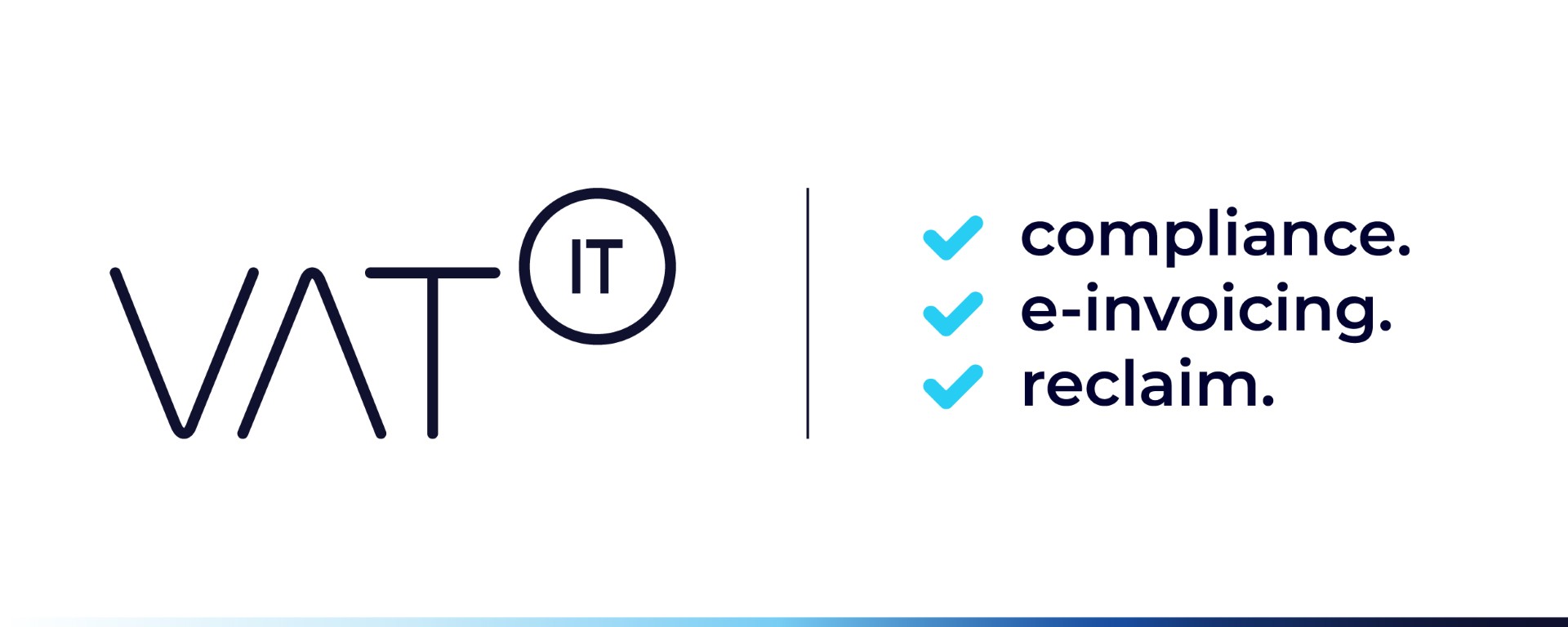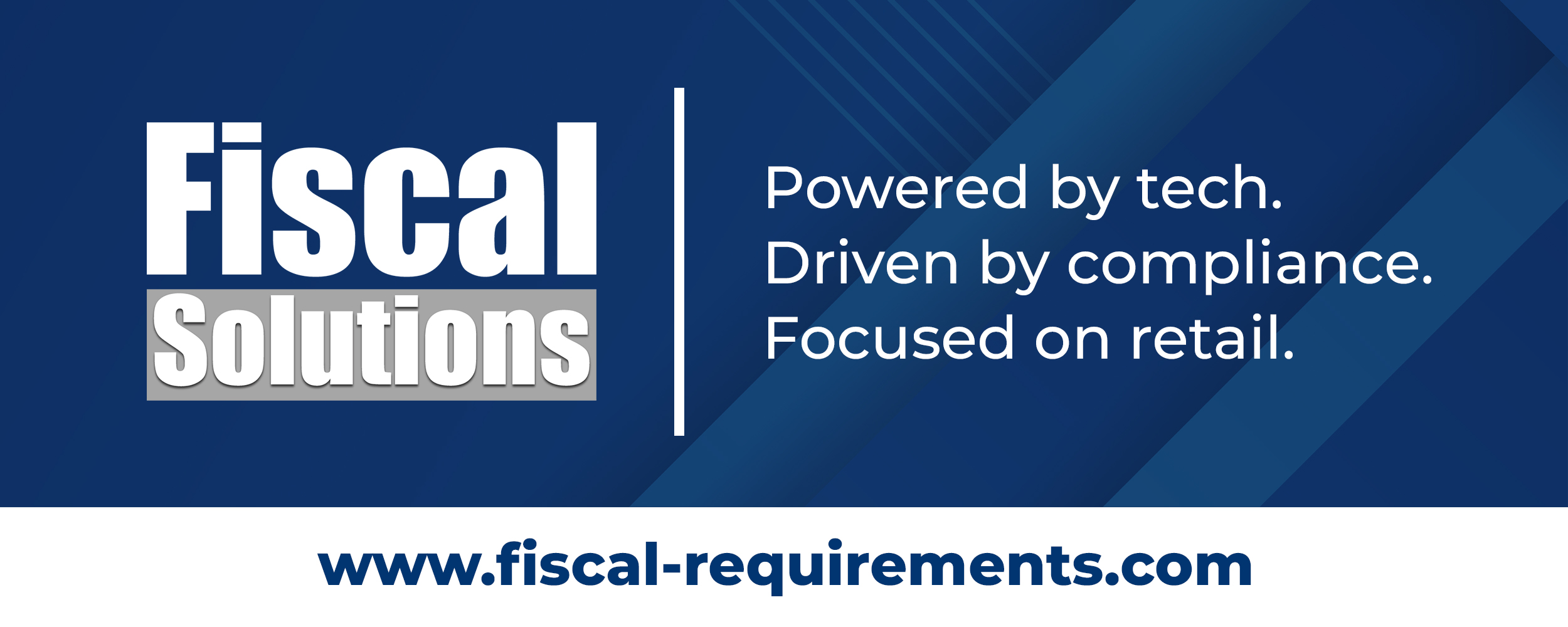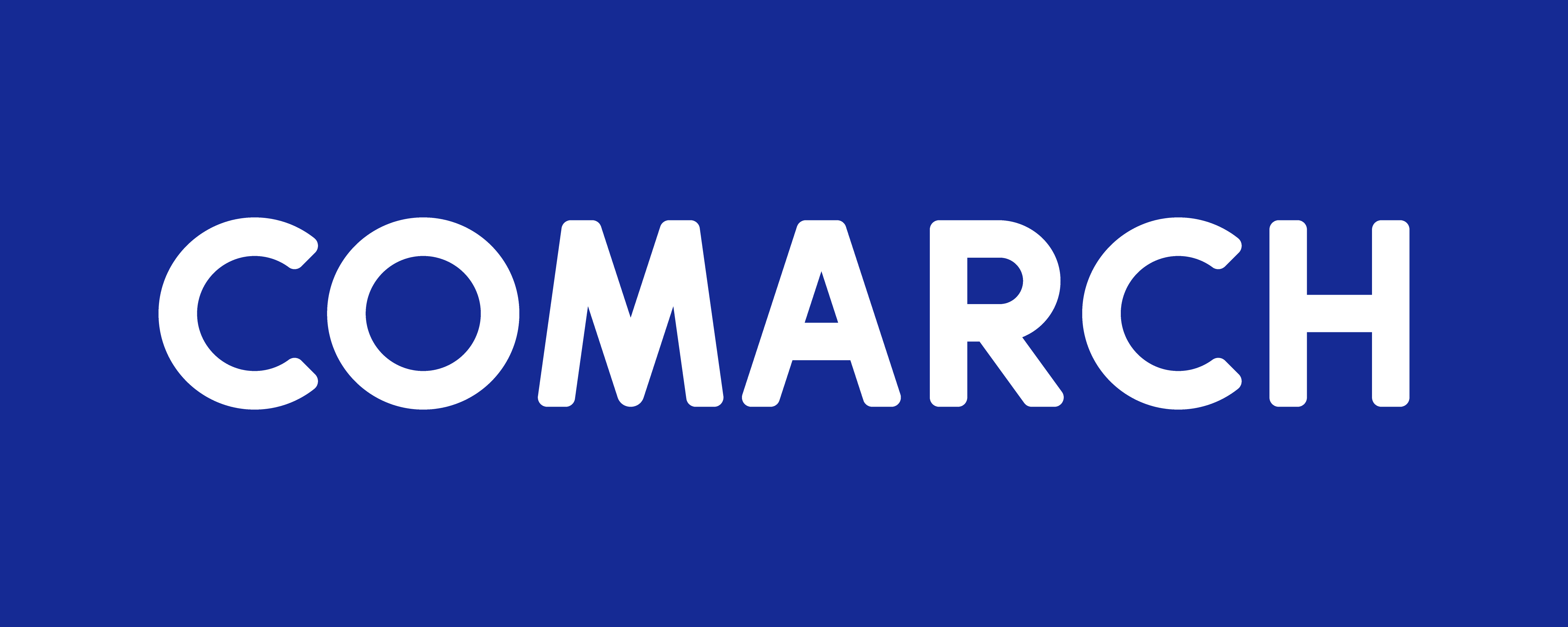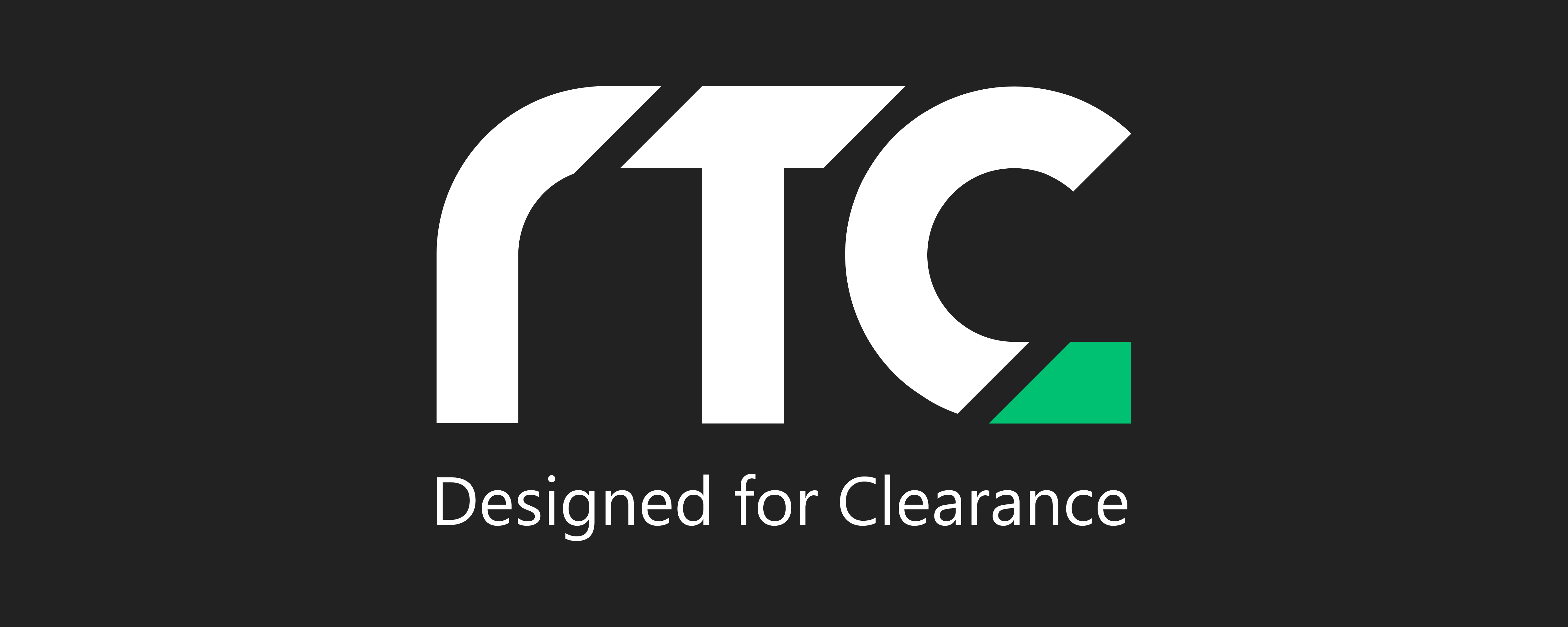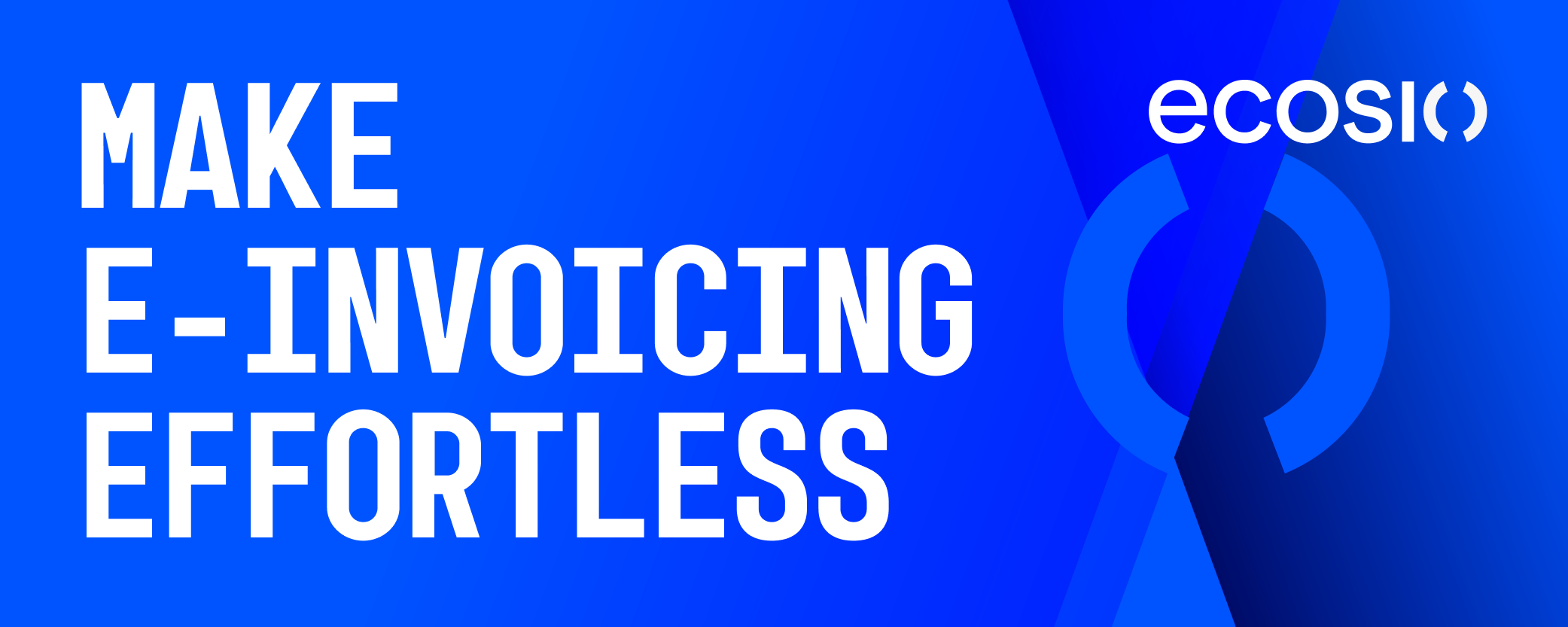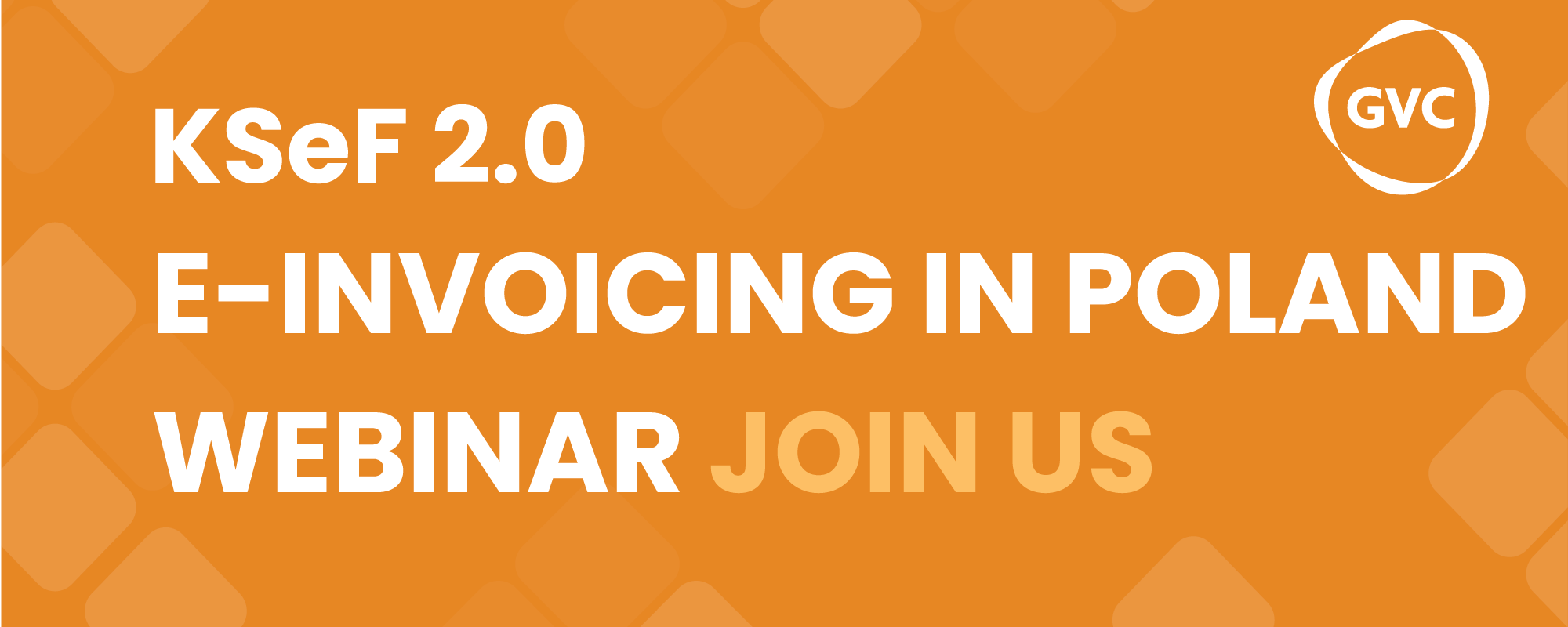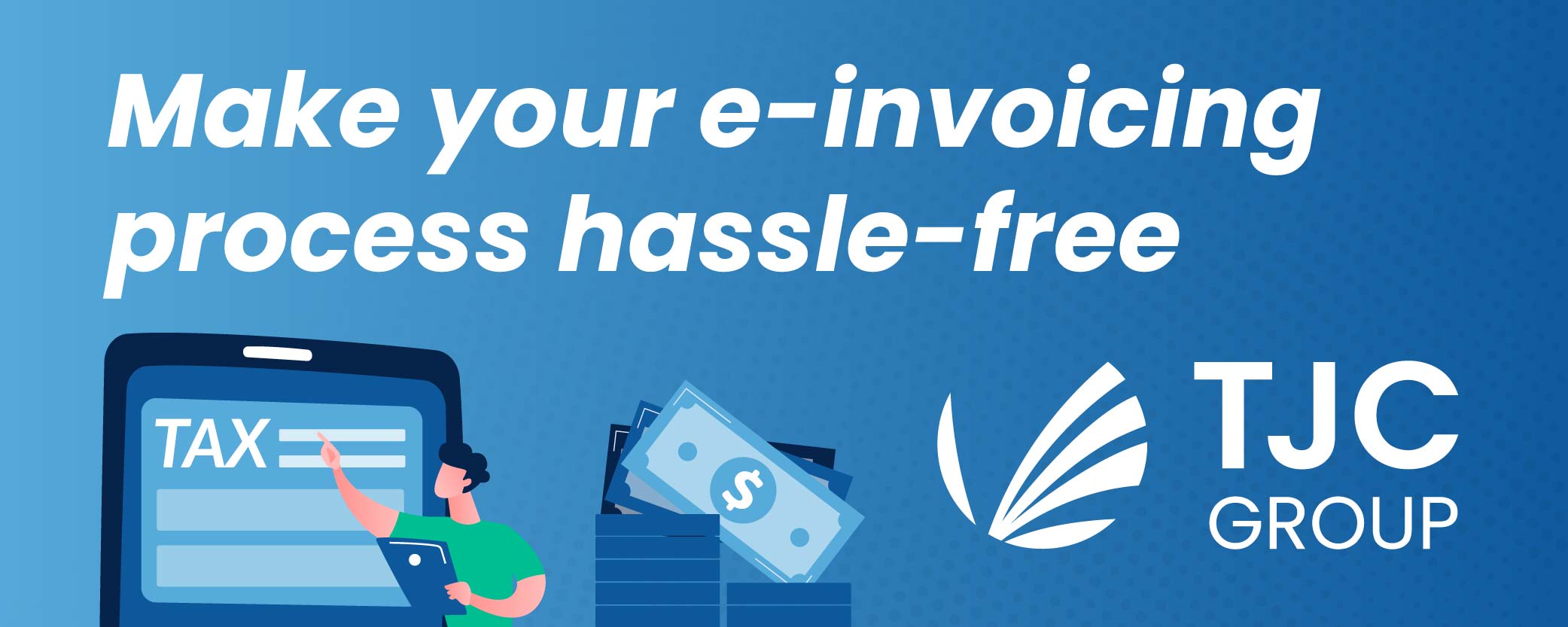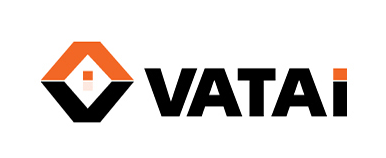In practice, the importers must ensure the proper reporting and documentary practices related to their imports, in particular:
- collection of the removal order (“Bon à enlever” – BAE) and obtention of the import documentation from the customs agents in order to proceed with check and reconciliation work,
- verification of the pre-filled data on the VAT return with the data made available on the customs website,
- implementation of corrections in case of identified errors,
- adaptation of the settings of the information systems,
- modification of the accounting entries, regarding purchases and VAT to be reverse-charged,
- setting up and documenting a reliable audit trail dedicated to this flow.
Source PwC
Latest Posts in "France"
- France Publishes New E-Invoicing Specifications and AFNOR Standards Ahead of 2026 Mandate
- French Senate Rejects VAT Registration Threshold Reform; Existing Rules to Remain Unchanged for 2026
- French Senate Rejects Lower VAT Thresholds for Small Businesses in 2026 Finance Bill
- France Clarifies VAT Rates for Cultural, Recreational, and Educational Activities and Related Services
- France Updates VAT Guidance for Admission Fees to Recreational Motorsport and Karting Circuits



